Do you have a question about the MSI GAMING Series and is the answer not in the manual?
Essential guidelines for handling the motherboard safely, including ESD protection and installation precautions.
List of necessary tools and components for PC assembly and motherboard installation.
Instructions for accessing BIOS setup and navigating its basic functions using keys.
Steps for resetting BIOS to defaults and updating BIOS firmware via M-FLASH or Live Update.
Identification and location of essential motherboard components like CPU socket, DIMM slots, PCIe, M.2, SATA, and front panel connectors.
Guidance on CPU installation, socket features, and critical handling precautions.
Best practices for installing RAM modules, slot priority, and important considerations.
Information on PCIe slot types, configurations, and recommendations for installing graphics cards.
Step-by-step instructions for installing M.2 modules, including important compatibility notes.
Essential information on connecting ATX power supply correctly for stable motherboard operation.
Explanation of PWM/DC fan modes, speed control, and pin definitions for fan connectors.
Procedure for clearing CMOS settings to restore default BIOS values.
Overview of the EZ Mode BIOS interface, including Game Boost switch, XMP switch, and system information.
Guide to Advanced Mode interface, including BIOS menu selections like SETTINGS, OC, and Hardware Monitor.
Settings for CMOS auto clear, boot mode selection, administrator/user passwords, and password management.
Options for OC explore modes, CPU ratio application, and core ratio limits for overclocking.
Settings for CPU ratio modes, AVX offset, ring ratio, GT ratio, and miscellaneous CPU features.
Configuration for CPU base clock, XMP profiles, DRAM reference clock, frequency, and timing.
Controls for CPU and GT digital power, loadline calibration, over/under voltage protection, and current protection.
Settings for CPU GT switching frequency, VRM protection, core/GT voltage modes, and CPU/DRAM/PCH voltages.
Settings related to CPU technology support, Hyper-Threading, processor cores, virtualization, and hardware prefetcher.
Options for cache line prefetch, AES instructions, thermal monitoring, C-states, and CFG lock.
Configuration for Intel Turbo Boost, power limits, current limits, and FCLK frequency.
Features for setting, saving, loading, and clearing overclocking profiles to USB or BIOS ROM.
Tools for monitoring system temperatures, fan speeds, voltages, and managing fan modes.
Introduction to Command Center for system monitoring and adjustment, including profile management.
Features for controlling CPU fan speed, adjusting CPU voltage, and managing DRAM frequency and voltage.
Solutions for common issues like no power, no signal, boot failures, audio/network/USB device problems.
| Brand | MSI |
|---|---|
| Model | GAMING Series |
| Category | Motherboard |
| Language | English |

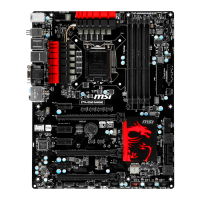
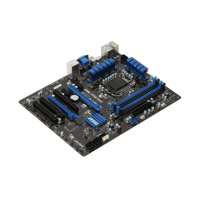
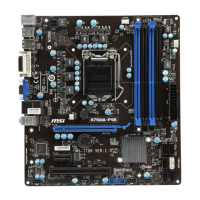
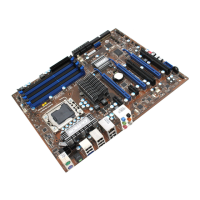

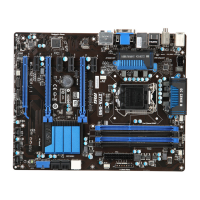
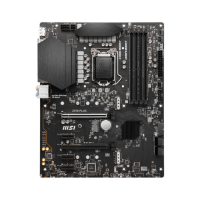
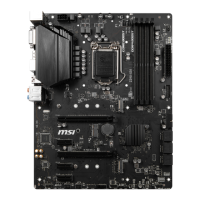
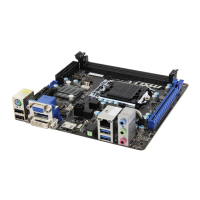
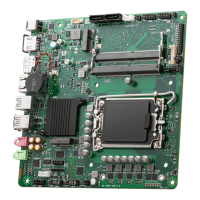
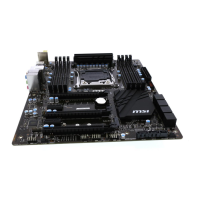
